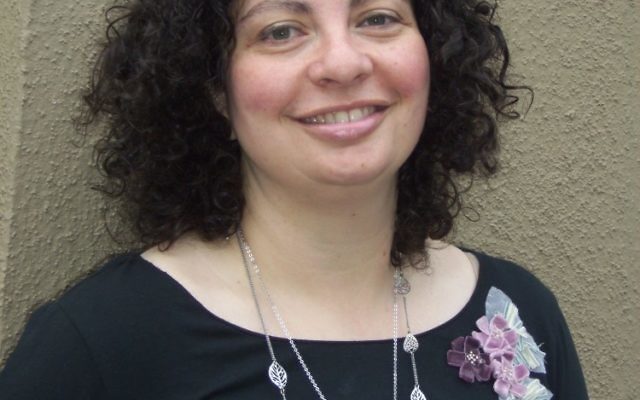Lanterns Illuminate Atlanta-Style Innovation
By Rabbi Ruth Abusch-Magder
I was planning on a night out, not a night of inspiration. It turned out to be both.
Only 6 years old, the Atlanta BeltLine Lantern Parade is an outgrowth of the BeltLine project. Both are innovations that were barely imaginable before they came into being but have already become fixtures of our community. I did not want to miss out.
In their podcast series, “Judaism Unbound,” Dan Liebenson and Lex Rofes are exploring how we might reimagine what we already know about Jewish life, culture and institutions to create new, compelling ways of being Jewish. They are interviewing Jewish leaders and thinkers for inspiration.
But that night as we walked the BeltLine with thousands of others, many of whom were just as new to this tradition as I was, I realized that the Lantern Parade offers us a model for Jewish life as well.
Innovations take imagination and an ability to see beyond what is already present and accepted. In envisioning the BeltLine Lantern Parade, Chantelle Rytter drew on her experience living in New Orleans and a vision for community in Atlanta. The first year, only a few hundred people came; this year, there were estimated to be over 60,000.
Many elements have come together to make this a successful happening.
By design, participation is open. Atlantans of all ages, genders, races and ethnicities take part — a possibility enabled by the combination of a low barrier to participation and a variety of modes for getting involved.
Some come to watch for five minutes, while others camp out with picnics. Anyone with a lantern can march, again for as long or as short as they like.
There are people who take the parade very seriously and spend much time and effort on getting prepped. Others just bring glow sticks. No matter the investment, all marchers are equally involved.
Like many, we went with friends, which not only meant that we had someone to show us the ropes, but also that we had time to catch up and hang out.
In the organized Jewish world we often talk in vague terms about how to engage the unaffiliated. Access is essential. The barriers to entrance and participation cannot be too high or complex.
As one well versed in Judaism, I am well aware that a deep understanding of Jewish text and Hebrew can be real assets to enjoying Jewish life. But let’s face it: If that is what it takes to be involved or be “a good Jew,” the future will be quite dim.
Providing many modes for participation while not expecting everyone to have the same level of commitment or engagement is another takeaway. Sure, there are some for whom paying for tickets, fasting and praying all day really work, but that takes a certain level of commitment and dedication that not everyone is willing to make.
What would happen if we created new forms that allowed for different levels and methods of participation?
The Lantern Parade on the surface looks like a one-off, a simple evening of fun. But in truth, behind it lies the BeltLine and a whole infrastructure that supports the success of the event.
We need not see innovation as at odds with the established institutions of the Jewish community, but instead as complimentary with the potential to move us all forward.
The most essential ingredient? Fun. The Lantern Parade is a good time.
The framework of obligation is fundamental to Judaism, but it is no longer compelling in and of itself for the majority of Jews. Judaism, however, has much to offer in terms of fun and even more so in terms of meaning.
If we are open to new forms of expression and engagement, the historic content and ancient wisdom of Judaism have the potential to be relevant and useful for generations to come. It may not look the same, as Liebenson and Rofes argue, but Judaism will endure.
Innovations will not always work, and they will not be without their faults and limitations. But they have the potential to engage and strengthen community and connection.





comments